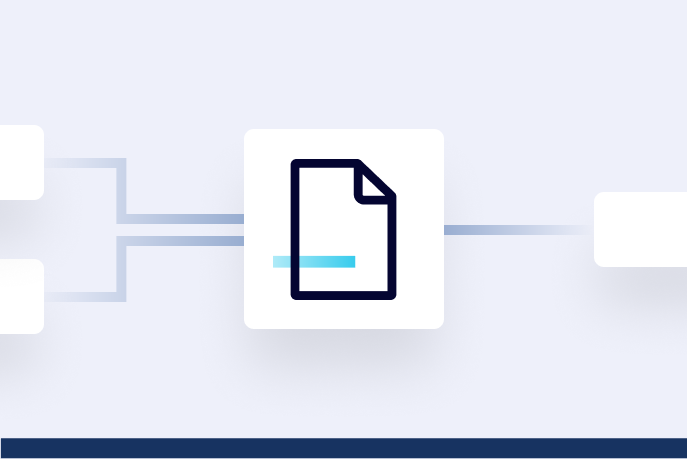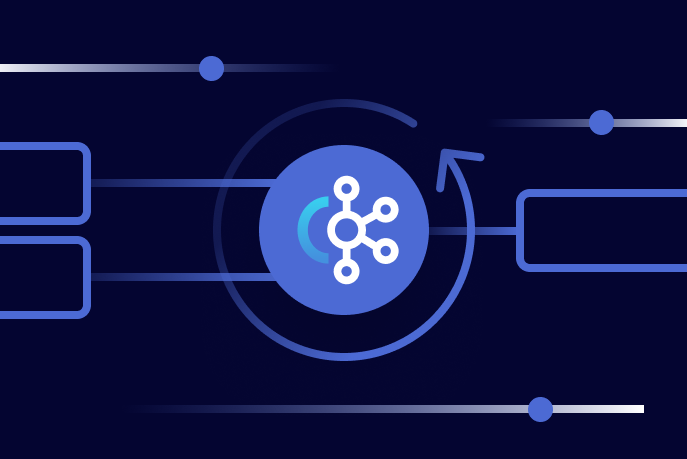Hands-on Workshop: ZooKeeper to KRaft Without the Hassle | Secure Your Spot
Confluent Blog
Data Products, Data Contracts, and Change Data Capture
Change data capture is a popular method to connect database tables to data streams, but it comes with drawbacks. The next evolution of the CDC pattern, first-class data products, provide resilient pipelines that support both real-time and batch processing while isolating upstream systems...
Unlock Cost Savings with Freight Clusters–Now in General Availability
Confluent Cloud Freight clusters are now Generally Available on AWS. In this blog, learn how Freight clusters can save you up to 90% at GBps+ scale.
Unleash Real-Time Agentic AI: Introducing Streaming Agents on Confluent Cloud
Build event-driven agents on Apache Flink® with Streaming Agents on Confluent Cloud—fresh context, MCP tool calling, real-time embeddings, and enterprise governance.
Real-Time Pharmaceutical Authorization
Acquiring a single prescription medication is a complex end-to-end process that requires the seamless orchestration of data across drug manufacturers, distributors, providers, and pharmacies in the healthcare ecosystem.
Confluent Champion Smriti on Why We Need More Women In Tech
Let’s learn how she got to Confluent and the initiative she has undertaken for advancing women in tech.
How to Process GitHub Data with Kafka Streams
Learn how to track events in a large codebase, GitHub in this example, using Apache Kafka and Kafka Streams.
Making Predictive Customer Support a Reality for Telcos
For telecommunication companies (telcos) facing risks of equipment failures, software misconfiguration, network overload, and power outages, annual service outage costs can exceed billions of dollars. How can some of these costs be avoided?
From Data Mess to Data Mesh – Getting Started with Confluent
The journey from data mess to data mesh is not an easy one—that’s why we’ve written a new ebook as a practical guide to help you navigate the challenges and learn how to successfully implement a data mesh using Confluent Data Streaming Platform
Confluent Champion Amy on Driving Customer Success
Let’s learn more about Amy, how she enables customer success, some of the cool customer use cases she gets to work on—and how Confluent helps her stay motivated.
Best Practices for Confluent Schema Registry
Learn best practices for using Confluent Schema Registry, including understanding subjects and versions, pre-registering schemas, using data contracts, and more.
TwinLabs.ai Wins Confluent’s Data Streaming Startup Challenge
In a world increasingly driven by data, the revolutionary power of real-time data streaming applications cannot be denied. Five months ago, Confluent announced the Data Streaming Startup Challenge
Data Streaming Platforms, Gen AI, and Apache Flink® Reigned Supreme at Kafka Summit London
As presenters took the keynote stage at this year’s Kafka Summit in London, an undercurrent of excitement was “streaming” through the room. With over 3,500 people in attendance, both in person and online, the Apache Kafka® community came out...
Introducing Tableflow
Learn about our vision for Tableflow, a new feature in private early access that makes it push-button simple to take Apache Kafka® data and feed it directly into your data lake, warehouse, or analytics engine as Apache Iceberg® or Delta Lake tables.
Confluent Cloud for Apache Flink Is Now Generally Available
We're thrilled to announce the general availability of Confluent Cloud for Apache Flink across all three major clouds. This means that you can now experience Kafka and Flink as a unified, enterprise-grade platform to connect and process your data in real time.
Build, Connect, and Consume Intelligent Data Pipelines Seamlessly and Securely
We’re excited to share the latest and greatest features on Confluent Cloud, in our first launch of 2024. Learn more about our latest updates including serverless Apache Flink, exciting pricing changes, updates to connectors, and more!
Exploring Apache Flink 1.19: Features, Improvements, and More
Check out all the highlights from the Apache Flink® 1.19 release!
Confluent Champion Bahar: Advancing Women in Tech
Let’s learn more about what drives Bahar, how Confluent helps advance her goals, and the interesting Women in Tech initiatives she is helping drive.











